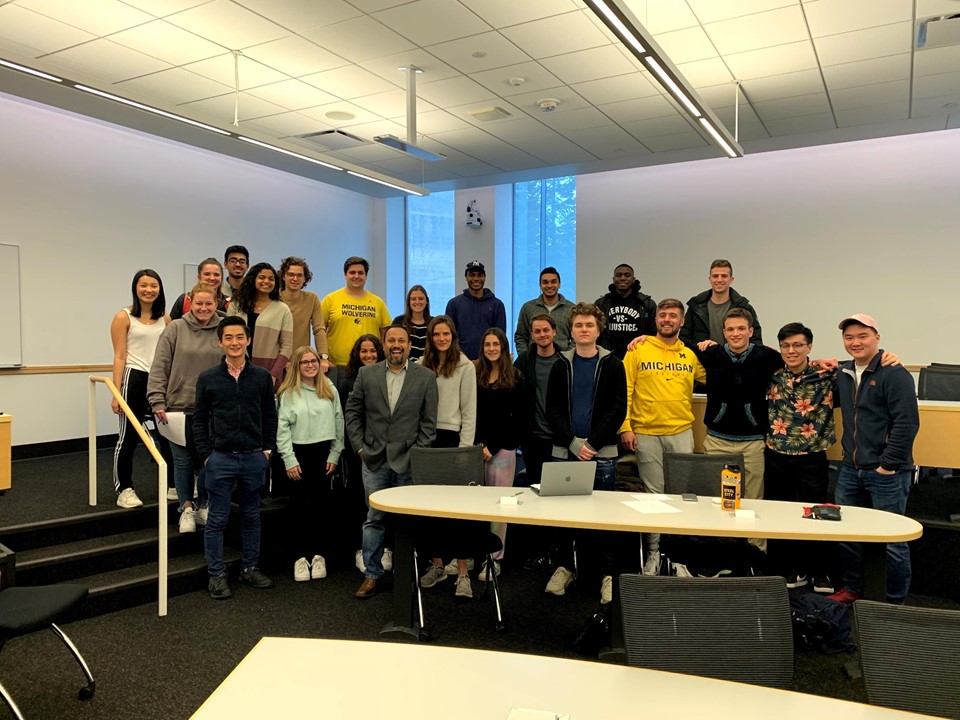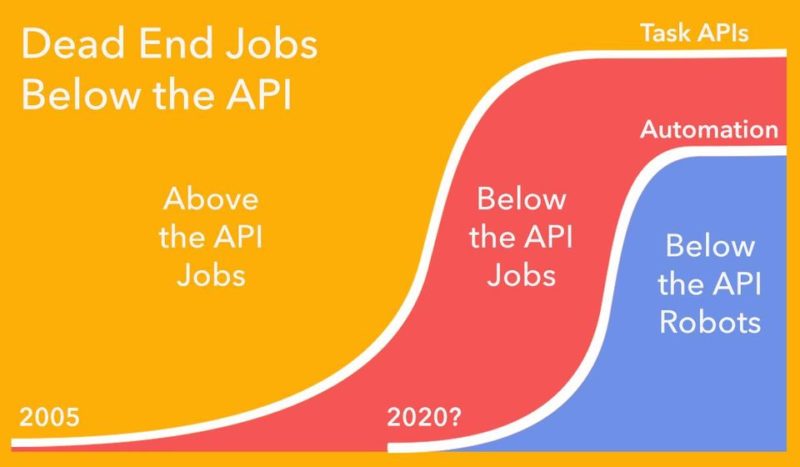Semester is over, grading is finished, graduation was sadly virtual – we have somehow gotten to the end of the academic year. This is typically a not-so-happy time of the year for me – professionally speaking. I am not interacting with my wonderful students every day. I am looking at the lone work of prepping for Fall through the summer months.
Then this came through my email today – from my wonderful student Harpreet Kalsi from my TO426 Mobile Innovation Development class:
Hey Professor Kumar,
As the term and my time at Ross ends, I was reflecting and I wanted to send you a big thank you!
I’m not sure if I told you this during office hours, but coming into TO 426 I had multiple backup plans because I thought I was going to need to drop the class. Not because I was not interested, but because I genuinely thought I would not be able to keep up. Every time you told us we were going to build an app (or even some of the smaller stuff) I did not believe it – but somehow you got us there. Through your class, I was able to do something I did not believe I could, which I think is really special. That is what a professor/leader is all about, and after 4 years at the great University of Michigan, I only felt this only once. Moving forward into the world where I am sure to face many tasks that seem insurmountable, I will remember you and TO 426, and I will push on and do what I may not believe I can do.
This is why I teach. This is what makes all the work worth it.









